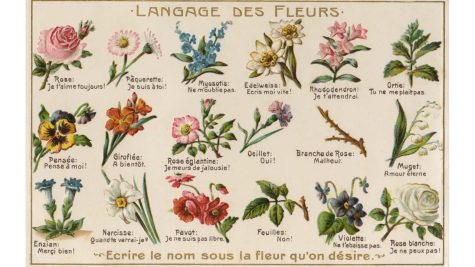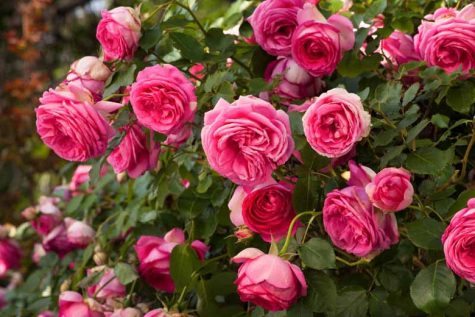The Language of Flowers
The language of flowers has been recognized for centuries in many countries throughout Europe and Asia. They play a large role in mythologies, folklore, and sonnets. Even plays of the ancient Greeks, Romans, Egyptians, and Chinese are filled with flower symbolism. Shakespeare used flowers to enhance his storylines. In Hamlet, Ophelia says” There’s rosemary, that’s for remembrance; pray, love, remember: and there is pansies, that’s for thoughts.” They were also used in the Hebrew bible.
Learning the special symbolism of flowers became a popular pastime during the 1800s. Nearly all Victorian homes had guidebooks for deciphering the language although definitions shifted depending on the source. Flowers were primarily used to deliver messages that couldn’t be spoken out loud, so they’d often be sent in letters. Flowers were used to send messages of love and friendship, or even darker messages of sympathy, grief, or jealousy.

For example, if you wanted to tell someone you loved them, you’d of course send red roses. Even the color of the flowers had a certain significance. For instance, the red rose is used to signify passionate love and romance, a pink rose was used to portray warm affection, white roses signified purity, yellow roses were associated with friendship, and black roses were associated with death and darkness. Red roses also symbolized the blood of Christ.

Another way color mattered is how a white violet meant “innocence” while a purple violet would symbolize that the giver’s “thoughts were occupied with love” about the person receiving it

Bluebells were used to represent kindness, sincerity, and gratitude. (Side note, bluebells also have a history involving fae. In folklore, it was considered unlucky to trample on a bed of bluebells, because you would anger the fairies resting there.)

Lilies are one of my favorite flowers,representing purity, innocence and rebirth. They can also represent grief and mourning, often sent as sympathy flowers.

Some plants were used to send negative messages: Aloe meant “bitterness,” pomegranate “conceit,” and rhododendrons meant “danger.”
Sending and receiving flowers was a way to attract or reject suitors. If a man sent apple blossom to show a woman she was his “preference” or declared his devotion by sending a rose, she could respond by sending back straw to indicate she was interested in a union or a yellow carnation to express rejection. A woman also had to be pretty precise about where she wore the flowers she received. If she pinned it to the ‘cleavage or bosom’, that would signify friendship. But if she pinned it over her heart, that was an unambiguous declaration of love.
^_^






